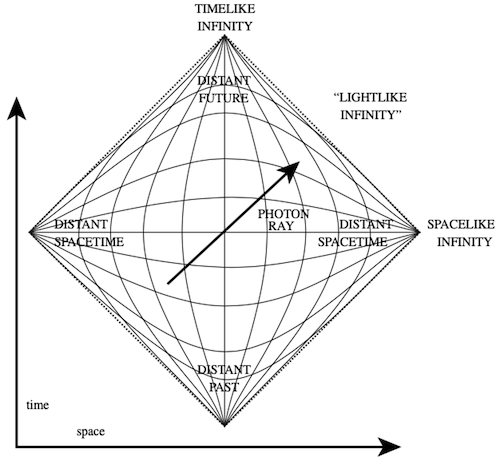

(quote)
@sciencemagazine’s 2019 Breakthrough of the Year goes to the Event Horizon Telescope (@ehtelescope) global network of observatories for the first #realblackhole image. http://bit.ly/35zUtXz https://twitter.com/ehtelescope
Massive, ubiquitous, and in some cases as big as our Solar System, black holes hide in plain sight. The effect of their gravity on objects around them and, lately, the gravitational waves emitted when they collide reveal their presence. But no one had ever seen one directly—until April. That’s when an international team of radio astronomers released a startling close-up image of a black hole’s “shadow,” showing a dark heart surrounded by a ring of light created by photons zipping around it. Heino Falcke of Radboud University in Nijmegen, the Netherlands, a member of the team that produced the image, said the first glimpse felt like “looking at the gates of hell.” That evocative image is Science’s 2019 Breakthrough of the Year.
2019 will forever be known as the year of the #blackhole. But did you know, there are four types of black holes: primordial, stellar, intermediate, and supermassive. Explore http://bit.ly/2ScgLLd
Black holes are extremely dense pockets of matter, objects of such incredible mass and miniscule volume that they drastically warp the fabric of space-time. Anything that passes too close, from a wandering star to a photon of light, gets captured. Most black holes are the condensed remnants of a massive star, the collapsed core that remains following an explosive supernova. However, the black hole family tree has several branches, from tiny structures on par with a human cell to enormous giants billions of times more massive than our sun.
(unquote)
Image courtesy @sciencemagazine and Event Horizon Telescope / Twitter







Good post. We have definitely discovered a lot about the black hole previous year.